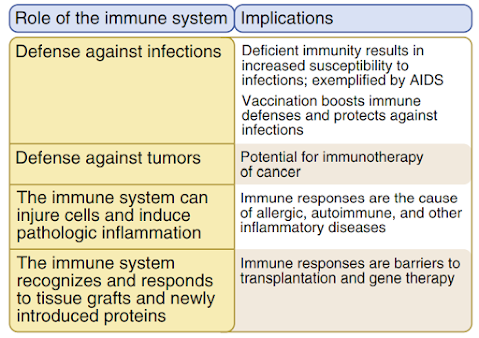How Emergency Medical System works???
How does an
EMS system work?
What are the basic key elements or parts of
the emergency system at a place?
What amount
of work, they can do?
How are they
so efficient?
What are the
problems they face?
Well we got
the questions if any of these questions is that you want to know about then we
will be getting to know about just that!!!
The American
EMS or the so-called Emergency Medical System has 15 parts or sections. So, it’s
not that simple that you call 911 and just a conventional ambulance comes to
pick you up. Yes, an ambulance comes but it is more complicated than it looks
like.
Not only America
other countries like the UK all have very advanced and sophisticated EmS System
Parts of the
ems systems and some details about them:
1. MANPOWER- So,
the vehicles that we call when we find someone fainted or having a medical
emergency is an ambulance or we call a number that will provide us one. Till today
ambulances the nice conventional great one contains people(until robots
takeover that). Those people are the manpower of any Emergency Medical
Services.
Those people are heavily trained to deal with various kinds of medical
emergency situations and to even treat a few not very serious ones.
There are basically 4 levels of licensed medical care providers in any
kind of EMS system. Each type of provider must master a minimum set of
psychomotor skills.
a) Emergency
medical responders are usually first on the scene of a medical emergency.
They are trained to perform CPR, spine immobilization, hemorrhage control, use
of an automated external defibrillator, and other basic interventions while
awaiting an ambulance. What did you think I said its much more complex than
just an ambulance coming that we see in movies J.
b) Emergency medical technicians function as part of an ambulance crew and are trained to
take care of immediate life threats. Skills include oxygen administration; CPR;
hemorrhage control; and patient extrication, immobilization, and
transportation. They are also trained to assist patients in using some of their
own medications and can administer to patients certain over-the-counter
medications under medical oversight.
c) Advanced emergency medical
technician training
includes additional assessment skills plus IV insertion, use of
esophageal-tracheal multi-lumen airway devices, and administration of certain
medications.
d) Paramedics
have the highest skill level, with greater training and a broader scope of
practice than advanced emergency medical technicians. Because of their advanced
level of training, paramedics function under a designated physician’s medical
license.
2.
TRAINING
Training includes initial provider training and continuing education. As EMS call volume
increases, providers often care for a disproportionate number of patients with
minor medical issues. Maintaining proficiency in skills needed to manage
critically ill patients may be difficult. Innovative training methods to ensure
skills retention must be sought. Use of computerized human patient simulators
is one option, both for reviewing skills and learning new ones.
I know there are more parts to an EMS but because of the post being too long and boring I will be posting all the parts in a combination of blogs. So, until then stay safe and healthy
P.S share if you liked it.



Comments
Post a Comment